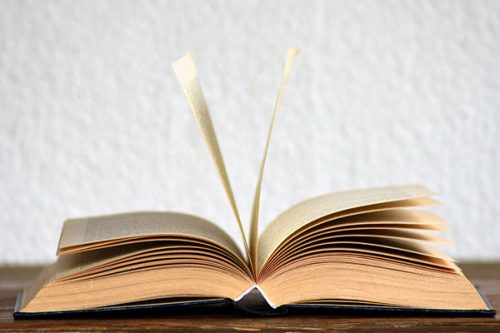Embroidering stories with Motifs
Roopa Banerjee
Did you ever wonder why most fairy tales have an older female villain character? For instance, the wicked stepmother in Cinderella and Snow White. In A Little Mermaid, the sea-witch is an aging woman who yearns for youth and beauty. These characters are examples of a literary device known as motif — a recurrent element (such as an image, sound, or idea) reiterated throughout the story to develop a central theme/ message. The origin of the word motif is French, and means pattern.
In the vast tapestry of literature, authors often use a varied range of literary devices to weave intricate narratives that resonate with readers on multiple levels. Motifs stand out as recurring elements that thread through the fabric of a story, introducing depth, cohesion, and often, profound symbolism.
A motif need not necessarily be a character in a story. It could be an object, image, sound, idea, word or even a phrase. In Kurt Vonnegut’s novel Slaughterhouse Five, a phrase marks every death in the book: “So it goes.” The phrase is inevitable, much like death itself, and pulls the reader’s attention to the book’s larger theme of inescapability. The phrase “so it goes” is used as a motif with great symbolic significance. It provides depth to the story.
Motifs catch our attention on an intuitive level. However, if you don’t pay close attention you can easily miss a story’s motif.
Authors also use motifs to create suspense and uncertainty. For example, in A Series of Unfortunate Events, author Lemony Snicket uses the acronym ‘VFD’ all through the narrative to indicate the Baudelaire children are in danger. This creates a sensation of suspense every time the reader spots the three letters in succession (e.g. Volunteer Feline Detectives, Voluntary Fish Domestication).
A more common way of using motifs is to create symbolism. In The Godfather, director Francis Ford Coppola uses motif by repeatedly featuring oranges around scenes of death.
Another example of a motif is in Hamlet by William Shakespeare. Every time the reader encounters worms, maggots, or skulls, they’re directed to reflect on the broader themes of death and mortality.
The most prominent motif in literature is in Harper Lee’s famous novel, To Kill a Mockingbird. The motif of the mockingbird appears during specific moments to symbolise innocence and integrity. As a motif, the mockingbird keeps reminding the reader of the book’s main theme.
Similarly, in Jane Eyre by Charlotte Brontë, the motif of fire surfaces in many ways throughout the novel. It depicts comfort as well as destruction. Also, characters are described with words like hot and fire.
However, every symbol appearing in a story is not a motif. For instance, a scale is often a symbol of justice, a flag may symbolize freedom, and a crown power. Even though these are used symbolically, if the author mentions it only once, then it’s not a motif. Motifs need to appear consistently during important moments all through the story.
Exercise
Here are 5 books which use motifs generously. Guess their authors.
1. One Hundred Years of Solitude
2. The Scarlet Letter
3. Lord of the Flies
4. Frankenstein
5. Brave New World
Authors
1. Gabriel García Márquez
2. Nathaniel Hawthorne
3. William Golding
4. Mary Shelley
5. Aldous Huxley
Also read: Is Barbie movie suitable for children?
















Add comment